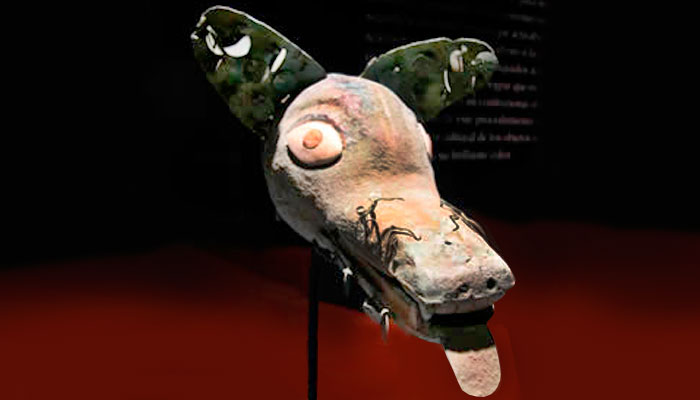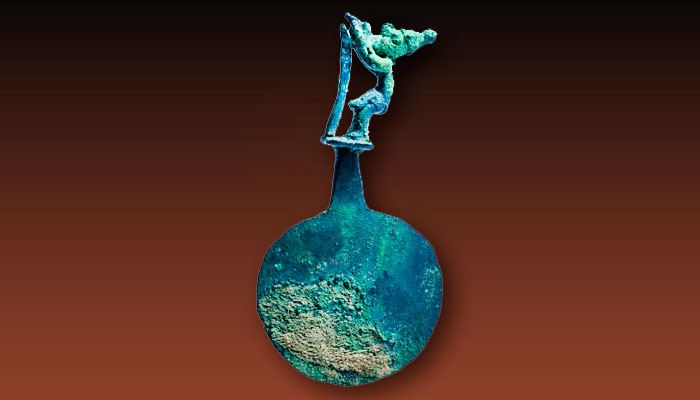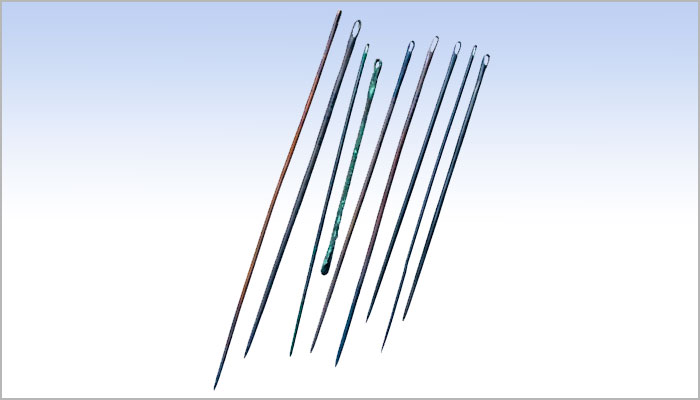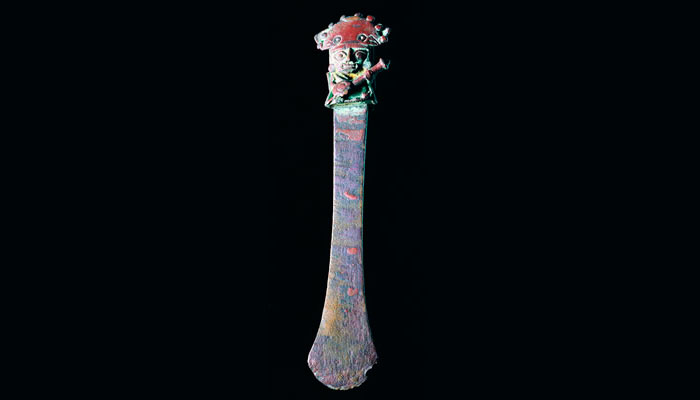The Art of Copper in the Andean World – 2004
- From stone to jewel
- Metal tools
- Chromatic palette of copper
- Metallic sounds and glitters
- Bronze bells
- Metals for taking away life
- Copper on the shaman’s altar
- Copper in the andean iconography
- Metallic bodies
- The face of death
- Food for men
- Food for the gods
- The power of the cailles
- Epilogue
- Galería de fotos
Metal tools
In the Andes, metals were used mainly for functions related to ideology. However, certain physical and mechanical qualities, especially of copper and its alloys, were also found useful for the production of different types of tools and instruments. The metal’s hardness allowed more functional, resistant and longer lasting objects to be made, like chisels and awls. The precision and flexibility that can be achieved with this metal also permitted the making of tweezers, an implement widespread throughout the Andes. These qualities, together with others like its weight or its malleability facilitated the production of pikes, fishhooks, needles and other practical objects. Some were probably used for rituals, and others in daily work activities.
Nevertheless, metals never entirely replaced the more traditional raw materials for making tools. Stone, bone, wood and certain animal or plant fibers continued to be used massively in work and daily life until well into colonial times, when European metal production techniques slowly replaced the Andean tools.







































